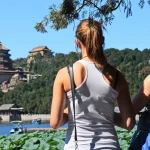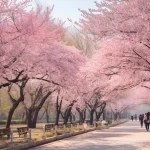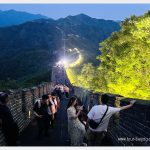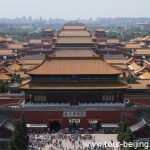Xifengkou Great Wall
At 5:30 am we’ve luckily caught the rising sun over Panjiakou Great Wall, and we are back to our farmhouse at the foot of Panjiakou Great Wall. The distant water area on the right side of the farmhouse, you are still able to see the Great Wall submerged in water, the underwater great wall pass…





